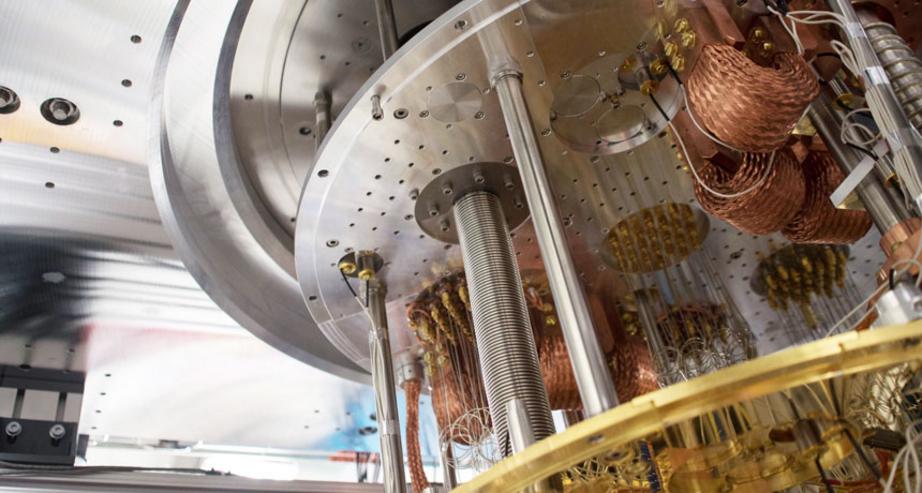Quantum computers take a step forward with a 50-qubit prototype
Bit by qubit, scientists are edging closer to the realm where quantum computers will reign supreme.
IBM is now testing a prototype quantum processor with 50 quantum bits, or qubits, the company announced November 10. That’s around the number needed to meet a sought-after milestone: demonstrating that quantum computers can perform specific tasks that are beyond the reach of traditional computers. Unlike standard bits, which represent either 0 or 1, qubits can indicate a combination of the two, using what’s called a quantum superposition. This property allows quantum computers to perform certain kinds of calculations more quickly. But because quantum bits are more finicky than standard bits, scaling up is no easy task. Previously, IBM’s largest quantum processor boasted 17 qubits.

CHOMPING AT THE QUBIT IBM announced two new advances to its quantum computing hardware (cooling system and other infrastructure shown): a 20-qubit processor that will be available commercially and a 50-qubit prototype currently undergoing testing.
IBM Research/Flickr
A race is now on to commercialize quantum computers, making them available to companies that want to solve problems particularly suited to quantum machines, such as designing new materials or speeding up the search for new drugs. IBM also announced a 20-qubit processor that the company plans to make commercially available by the end of 2017. Meanwhile, Google has its own plans to commercialize quantum computers. The company’s quantum computing researchers are currently testing a 22-qubit chip and are designing a larger one.
For the rest of this article please go to source link below.

